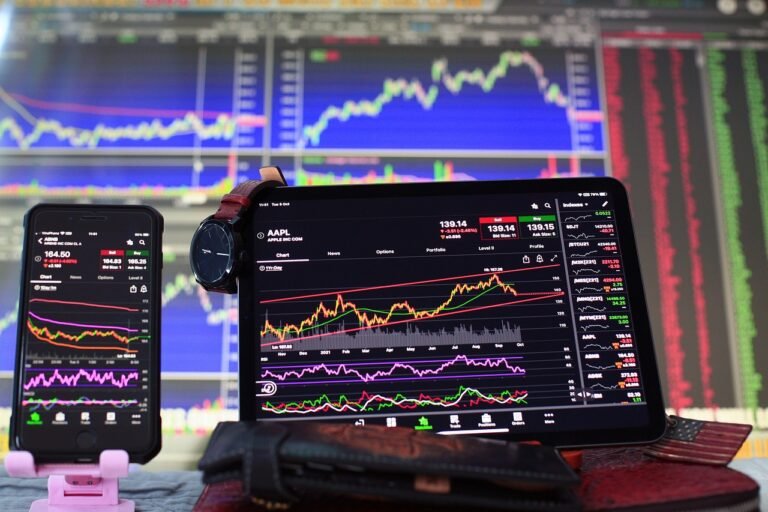
Moving Averages (MA) are one of the most widely used technical indicators in trading. They help traders smooth out price data by creating a constantly updated average price over a specific period. This makes it easier to identify trends and reduce the noise caused by short-term price fluctuations.
What Are Moving Averages?
A Moving Average (MA) is a lagging indicator that averages the price of an asset over a certain period, such as days, weeks, or months. It is plotted as a line on the price chart, allowing traders to see the overall market direction. There are different types of MAs, each with its unique calculation method and use case.
Types of Moving Averages
There are two primary types of Moving Averages commonly used in trading:
1. Simple Moving Average (SMA)
The Simple Moving Average is calculated by summing up the closing prices of an asset over a specific number of periods and dividing by the number of periods. For example, a 10-day SMA calculates the average of the last 10 days’ closing prices. It gives equal weight to all data points, making it a straightforward and widely used method.
2. Exponential Moving Average (EMA)
The Exponential Moving Average gives more weight to recent price data, making it more responsive to current price changes. This characteristic makes the EMA ideal for short-term traders who want to react quickly to market movements.
How to Use Moving Averages in Trading
Traders use Moving Averages for a variety of purposes, including:
1. Identifying Trends
MAs help traders determine the market trend:
- A rising MA indicates an uptrend.
- A declining MA suggests a downtrend.
- A flat MA signals a ranging or sideways market.
2. Support and Resistance Levels
MAs often act as dynamic support and resistance levels. For example:
- In an uptrend, the price may bounce off the MA, acting as a support level.
- In a downtrend, the MA may serve as a resistance level.
3. Crossover Strategies
Traders look for crossovers between two MAs to generate trading signals:
- A bullish crossover occurs when a shorter MA crosses above a longer MA, signaling a buy opportunity.
- A bearish crossover occurs when a shorter MA crosses below a longer MA, indicating a sell opportunity.
Advantages of Moving Averages
Using MAs in trading offers several benefits:
- Simplifies price analysis by filtering out noise.
- Helps identify trends and potential reversals.
- Can be customized to suit different trading styles and timeframes.
Limitations of Moving Averages
Despite their advantages, MAs have certain limitations:
- Lagging nature: MAs rely on past data, which can delay signals in volatile markets.
- False signals: Crossovers and trend indications may sometimes lead to losses in choppy markets.
Conclusion
Moving Averages are powerful tools that can help traders analyze trends, spot trading opportunities, and make informed decisions. By understanding the different types of MAs and their applications, traders can incorporate them into their strategies effectively. For more detailed information on trading strategies, visit tradersnr.com or read insightful articles at tradersnr.com/blog.